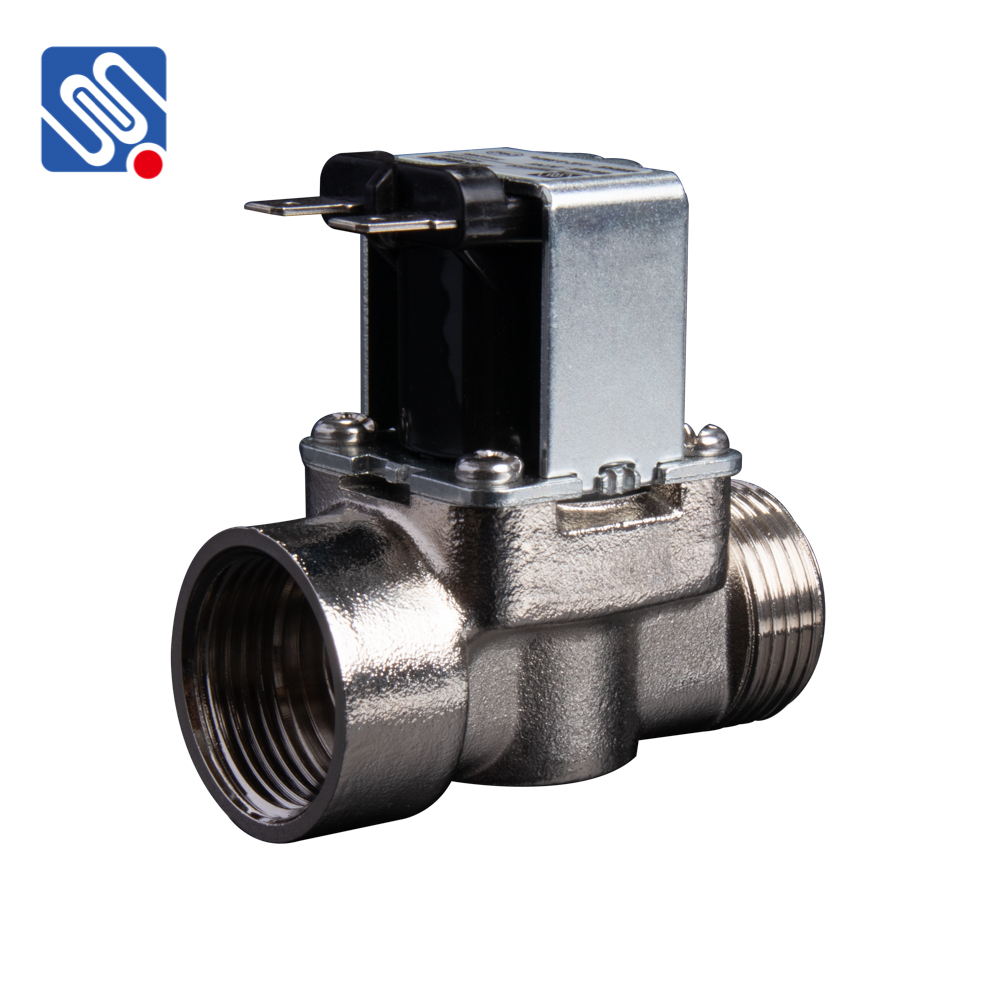Hot water solenoid valves play a crucial role in many modern plumbing systems, particularly in household appliances like dishwashers, washing machines, and water heaters. These valves, which are operated by an electric current, allow for precise control over the flow of hot water, ensuring efficient operation and preventing potential issues such as overheating or water wastage. In this article, we will explore the working mechanism of a hot water solenoid valve, its applications, and the importance of maintenance to keep these components in optimal condition.

What is a Hot Water Solenoid Valve? A hot water solenoid valve is an electrically controlled valve used to regulate the flow of hot water within various systems. It functions by using a solenoid, a type of electromagnet, to open or close the valve based on electrical signals sent from a control system. This enables the automatic regulation of water flow, making the solenoid valve a critical component in numerous appliances and systems that require reliable, on-demand hot water delivery.
When the solenoid valve is energized, the electromagnet generates a magnetic field that moves a plunger or armature, which either opens or closes the valve. In its de-energized state, the valve remains closed, preventing the flow of hot water. The opening and closing of the valve are timed precisely to allow hot water to flow when needed, making it ideal for controlling water in appliances like dishwashers and industrial machines.
Leave a Reply